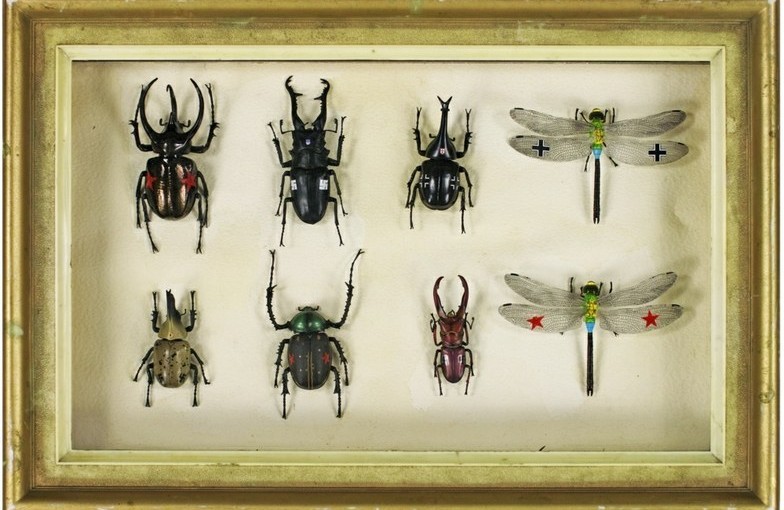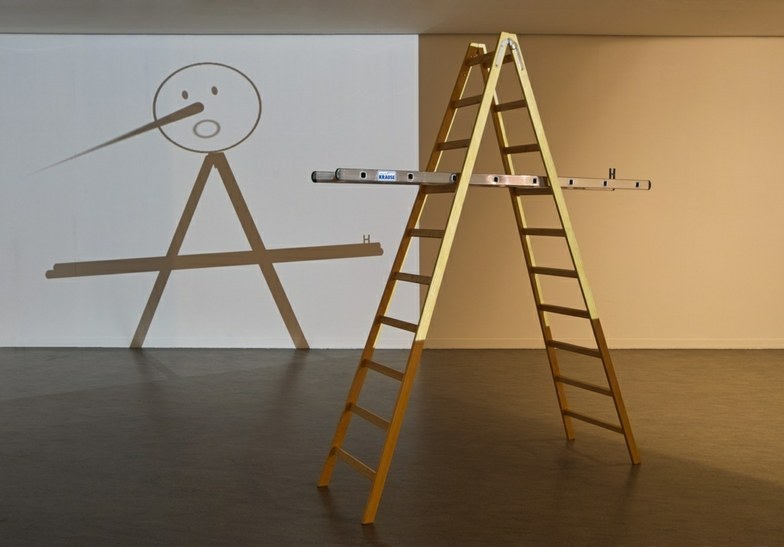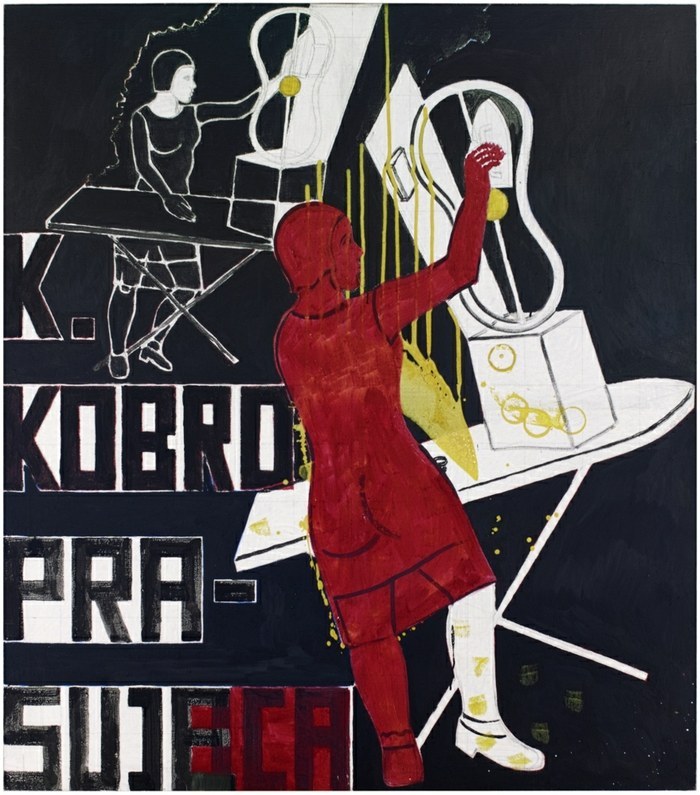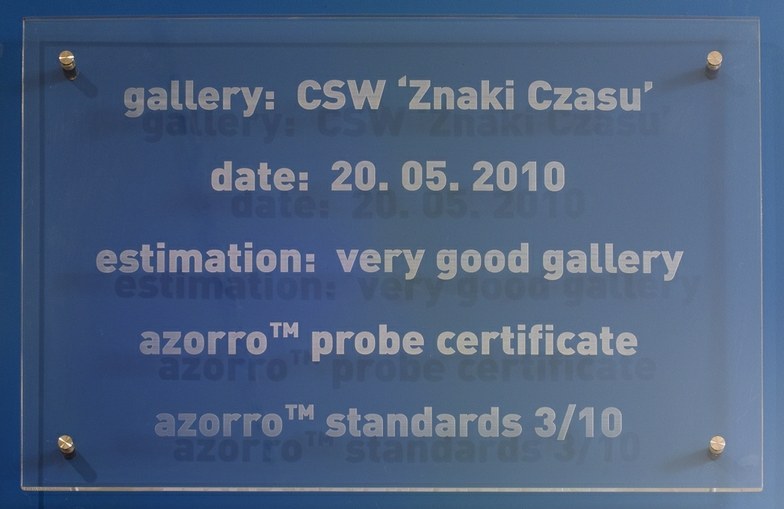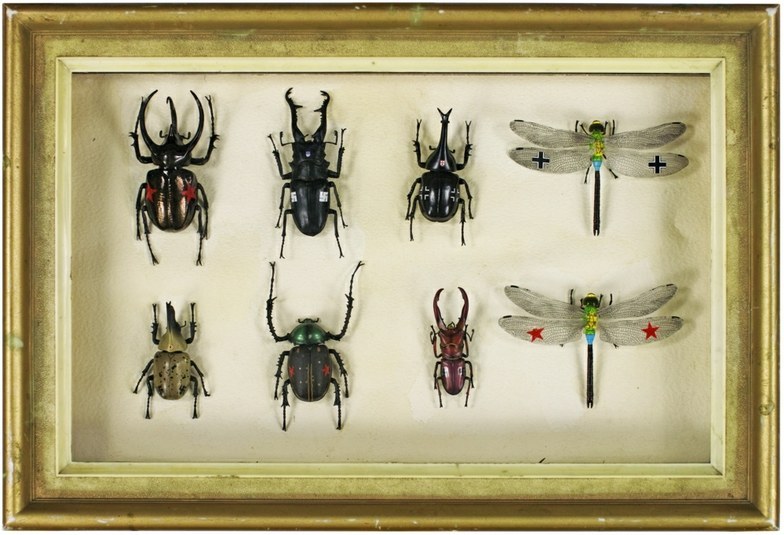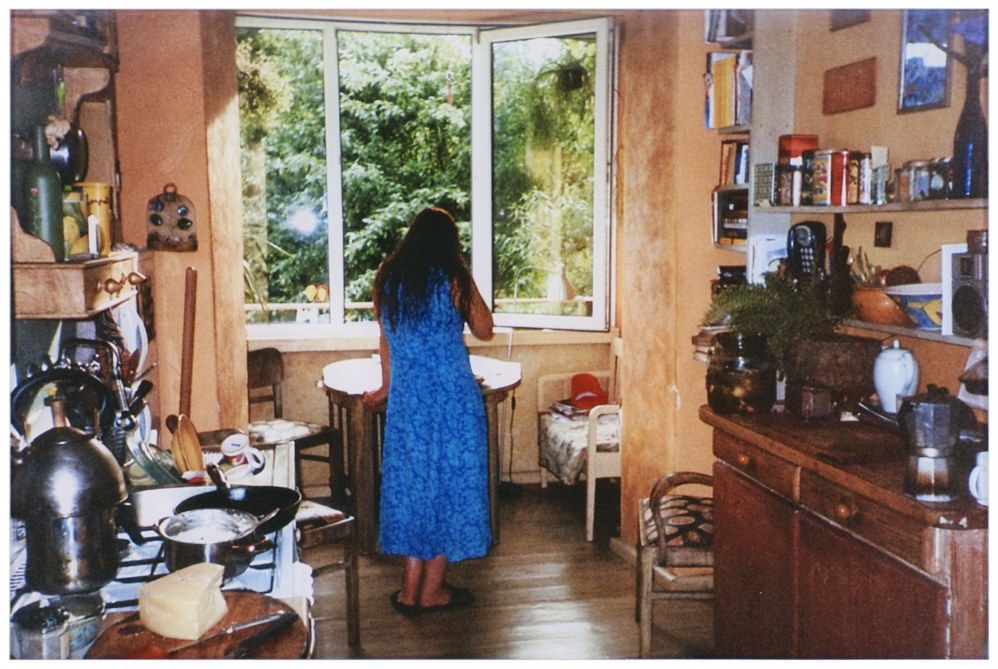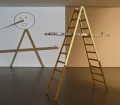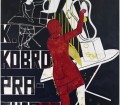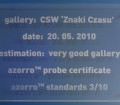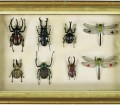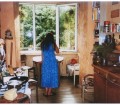Exhibition opening: Friday, 11th October, 7 PM
Curated by: Izabela Kowalczyk
artists: Jan Berdyszak, Witold Chmielewski, Oskar Dawicki, Wojciech Doroszuk, Edward Dwurnik, Rafał Góralski, Joanna Górska, Günter Grass, Grupa Działania/Grupa 111, Marcelina Gunia, Izabella Gustowska, Marta Ipczyńska, Elżbieta Jabłońska, Michał Kokot, Jerzy Kosałka, Jarosław Kozakiewicz, Katarzyna Kozyra, Zofia Kulik, Maciej Kurak, Violka Kuś, Jan Lebenstein, Iwona Liegmann, Zbigniew Libera, Natalia LL, Marcin Maciejowski, Angelika Markul, Lech Majewski, Andrzej Maziec, Nicola Ruben Montini, Jarosław Modzelewski, Jacek Niegoda, Krystyna Piotrowska, Dorota Podlaska, Agnieszka Polska, Filip Pręgowski, Leszek Przyjemski, Józef Robakowski, Leon Romanow, Izabella Retkowska, Max Skorwider, Marek Sobczyk, Marian Stępak, Supergrupa Azorro, Andrzej Tobis, Suzanne Treister, Andrzej Wasilewski, Ryszard Wietecki, Anastazy Wiśniewski, Adam Witkowski, Krzysztof Wodiczko, Wojciech Zamiara, Honza Zamojski.
Featuring selected artworks from the collection of CoCA Torun, the exhibition explores the problem of relations and diverse forms of life, including private, public, organic, post-human, local and artistic life. The exposition is also meant to highlight the importance of art in the contemporary world as visual arts tend to be underestimated in our country, artworks are regarded as frolics of jaded artists, and there is no time in the educational process assigned to the preparation of children for the reception of contemporary art. And yet art is a wealth both in material and symbolic terms. It presents an unconventional image of reality, stirs our imagination and encourages critical thinking. Art stands as priceless testimony to the time at which it was created. It enhances the prestige of a collector or the place where it is displayed. It may be the showpiece of a city, increasing its symbolic wealth. Accumulated with the utmost effort, a collection of contemporary art is a sign of the openness of the city and its readiness to discuss difficult issues. Art presents various points of view, emphasizes diversity of opinions but also teaches us to “differ harmoniously”, an idea that can be related to one of the main principles of democracy.
Art provides space for encounters and, according to contemporary art theoretician Nicolas Bourriaud, reestablishing relationships with others is a matter of urgency in our times. This is why artistic projects dedicated to copresence, celebrating, the sense of community and participation are so important. Artworks presented at the exhibition hosted by CoCA Torun explore the questions of social relationships, associations with nature in all its aspects, with objects and machines, but they also correspond to the place of display as well as to one another in a most intriguing fashion. Connections develop that are not limited to strict barriers of identity but accent the need of openness and dialogue. After all, Rosi Braidotti wrote: “these »hybrid« social identities and the new modes of multiple belonging they enact may constitute the starting point for mutual and respective accountability, and pave the way for an ethical re-grounding of social participation and community building.” Art is not meant to save the world, and it is by no means equal with politics, but it still takes on ethical challenges and is accompanied by “democratic care”. In this way, actions taken by artists interested in new and better models of reality create what may be called microutopias of the everyday.
The exhibition features works by the Azorro Group, Wojciech Doroszuk, Günter Grass, Izabella Gustowska, Witold Chmielewski, Elżbieta Jabłońska, Natalia LL, Michał Kokot, Jerzy Kosałka, Jarosław Kozakiewicz, Katarzyna Kozyra, Zofia Kulik, Violka Kuś, Jan Lebenstein, Zbigniew Libera, Angelika Markul, Lech Majewski, Andrzej Maziec, Nicola Ruben Montini, Natalia LL, Dorota Podlaska, Agnieszka Polska, Leszek Przyjemski, Marek Sobczyk, Józef Robakowski and Krzysztof Wodiczko amongst others.
text: Izabela Kowalczyk
Izabela Kowalczyk – PhD, art historian, culture expert, researcher in and theoretician of contemporary art and culture. Associate professor at the Wyższa Szkoła Nauk Humanistycznych i Dziennikarstwa in Poznań. In 2002-2008, she worked at the Faculty of the History of Art and Culture at the Nicolaus Copernicus University in Torun. Author of the following publications: “Ciało i władza. Sztuka krytyczna w Polsce w latach 90.” (2002), “Niebezpieczne związki sztuki z ciałem” (2002), “Matki-Polki, Chłopcy i Cyborgi. Sztuka i feminizm w Polsce” (2010), “Podróż do przeszłości. Interpretacje najnowszej historii w polskiej sztuce krytycznej” (2010). Editor of the online Artmix magazine and author of the blog strasznasztuka.blox.pl
Curator of the following exhibitions: “Dangerous Relations between Art and Body” (Galeria Miejska Arsenał, Poznan, 2002), “Uroki władzy (o władzy rozproszonej, ideologii i o widzeniu)” (Arsenał, Poznan, 2009) as well as several individual exhibitions. In 2003-2006 she worked as adviser to the Kulturstiftung des Bundes, cocreating the Polish-German cultural Büro Kopernikus. She was also responsible for the Polish part of the exhibition “Gender Check / Sprawdzam płeć” (MUMOK, Vienna, 2009 and Zachęta, Warsaw, 2010).
25
 The Institution is funded from the budget of Toruń Municipality
The Institution is funded from the budget of Toruń Municipality


